Rising Incidence of PCOS
The increasing prevalence of polycystic ovarian syndrome (PCOS) in South America is a notable driver for the polycystic ovarian-syndrome market. Recent studies indicate that approximately 10-15% of women of reproductive age in the region are affected by this condition. This rising incidence is likely to lead to greater demand for diagnostic and therapeutic options. As awareness grows, healthcare providers are more frequently diagnosing PCOS, which in turn stimulates market growth. The need for effective management strategies, including lifestyle modifications and pharmacological treatments, is becoming increasingly apparent. Consequently, the polycystic ovarian-syndrome market is expected to expand as healthcare systems adapt to address this growing health concern.
Rising Healthcare Expenditure
The upward trend in healthcare expenditure in South America is a vital driver for the polycystic ovarian-syndrome market. As governments and private sectors allocate more funds towards healthcare, there is a corresponding increase in the availability of resources for the diagnosis and treatment of PCOS. This financial commitment is expected to facilitate the development of healthcare infrastructure, improve access to medical services, and promote research initiatives. Consequently, the polycystic ovarian-syndrome market is likely to experience growth as more women seek treatment and support for their condition. The increase in healthcare spending is indicative of a broader recognition of the importance of addressing women's health issues.
Increased Focus on Women's Health
The growing emphasis on women's health issues in South America is a critical driver for the polycystic ovarian-syndrome market. Governments and health organizations are increasingly prioritizing women's health, leading to enhanced funding and resources for research and treatment of conditions like PCOS. This shift in focus is likely to result in improved access to healthcare services and educational programs aimed at raising awareness about PCOS. As a consequence, the market is expected to see a surge in demand for both preventive and therapeutic solutions. The polycystic ovarian-syndrome market stands to gain from this heightened attention, as more women seek help for their reproductive health concerns.
Advancements in Diagnostic Technologies
Technological advancements in diagnostic tools are significantly impacting the polycystic ovarian-syndrome market in South America. Enhanced imaging techniques and hormonal assays have improved the accuracy of PCOS diagnoses, allowing for earlier intervention. The introduction of non-invasive methods, such as ultrasound and blood tests, has made it easier for healthcare professionals to identify the syndrome. As a result, the market for diagnostic devices is projected to grow, with an estimated increase of 20% in demand over the next five years. This growth is driven by the need for precise and timely diagnosis, which is crucial for effective management of the condition. The polycystic ovarian-syndrome market is thus poised to benefit from these technological innovations.
Growing Availability of Treatment Options
The expansion of treatment options for polycystic ovarian syndrome is another significant driver for the polycystic ovarian-syndrome market in South America. With the introduction of new medications and therapies, patients now have access to a wider range of choices for managing their symptoms. This includes hormonal treatments, lifestyle interventions, and alternative therapies. The market is projected to grow as pharmaceutical companies invest in research and development to create innovative solutions tailored to the needs of women with PCOS. The increasing availability of these treatments is likely to enhance patient outcomes and satisfaction, further propelling the polycystic ovarian-syndrome market forward.


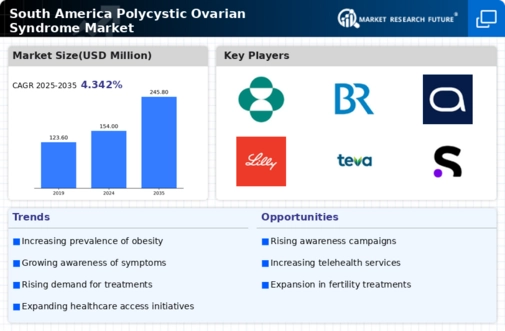
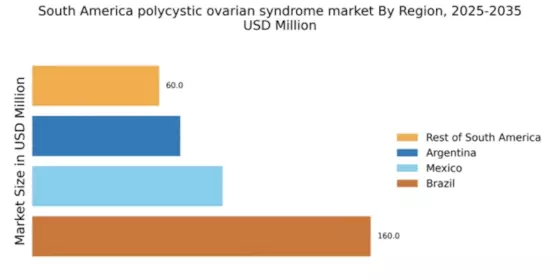

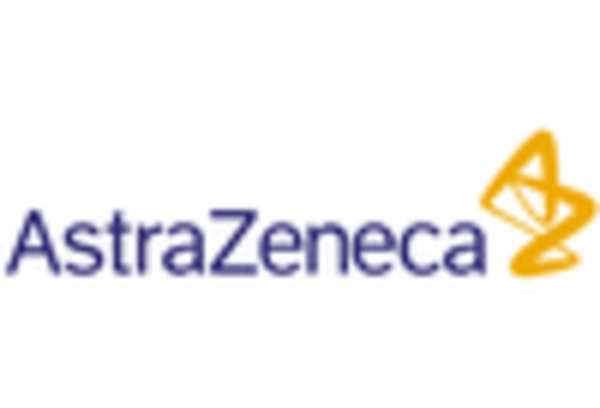
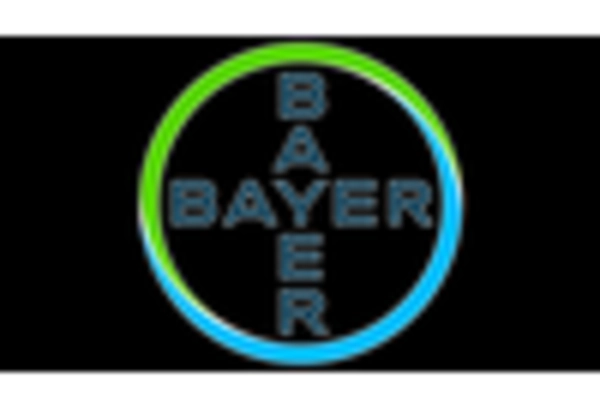


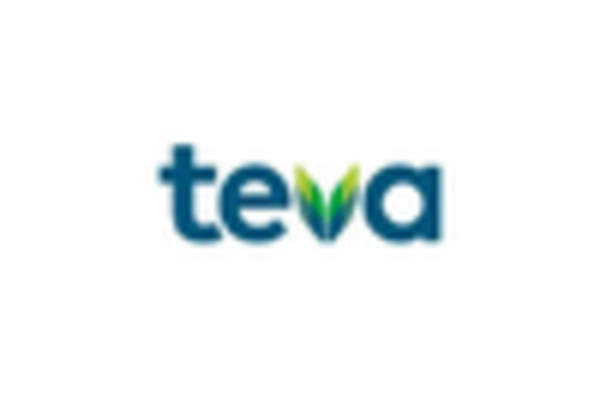








Leave a Comment